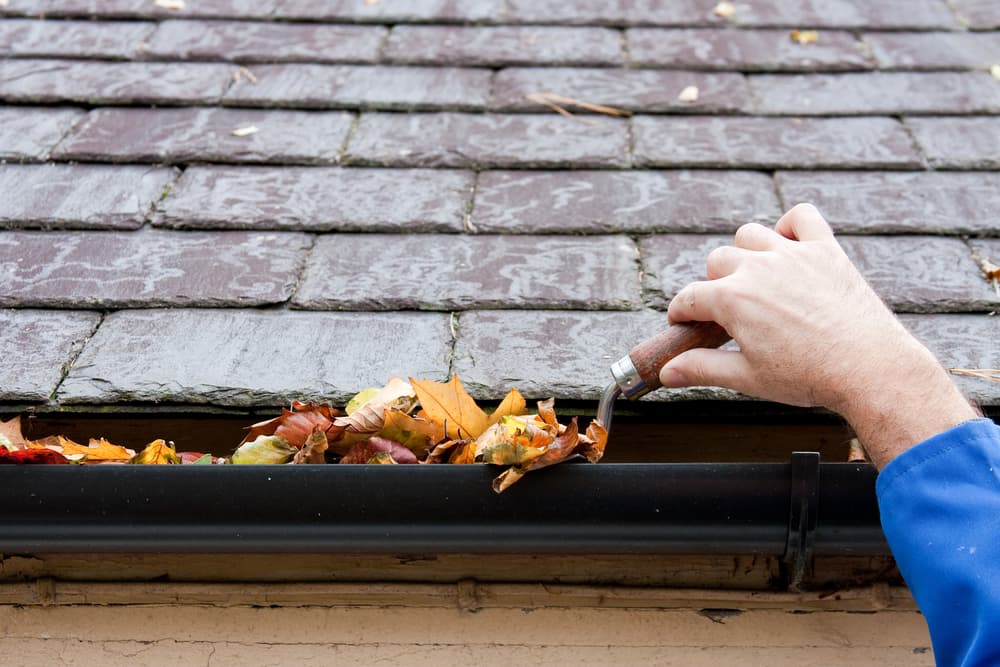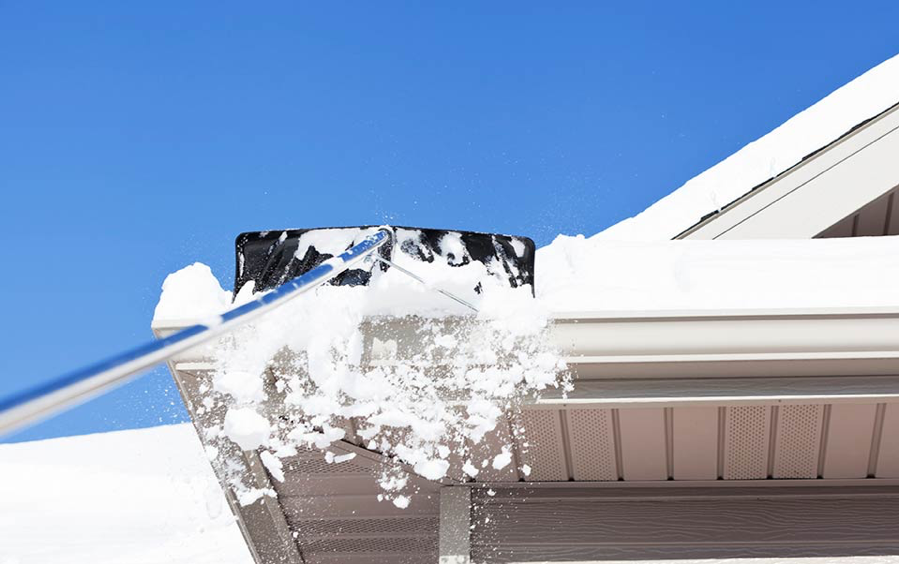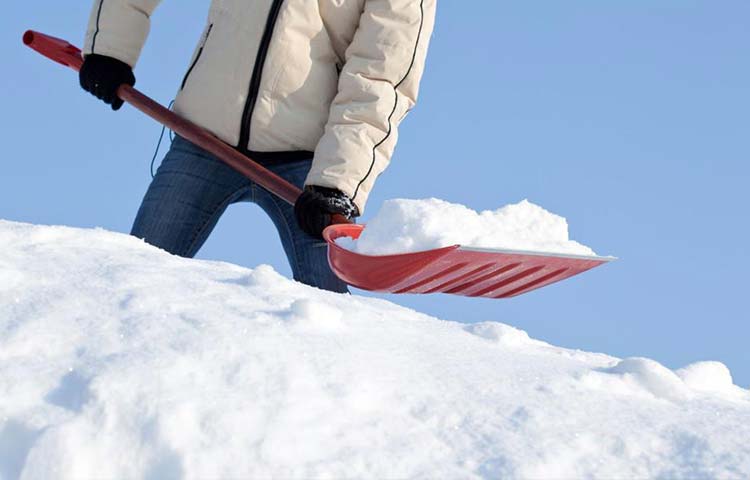Preparing for winter is a tedious task. Getting your roof ready can be rather tricky as well, but it’s not impossible. The good news is that this article will give you the know-how to get your roof prepped before the snow hits!

Examine Your Roofline
Roofline sagging is the first sign of trouble and should not be taken lightly. If your roofline dips, curves, or sags in any way, it’s best to investigate right away. A sagging roofline can stem from various issues such as structural problems or water damage (a saturated deck).
A saggy roof won’t cause immediate harm but will worsen over time if left unchecked. It’s possible for a little bit of swaying to occur during windy storms without causing too much stress on your home; however, heavy snowfall could lead to severe structural damage in these types of situations. Not only that, but having an uneven surface can also cause leakage, which would increase your chances of having a massive mess on your hands.
If you believe that the sagging is caused by structural problems or water damage, it’s time to call in a professional!
Check for Leaks in the Chimney Flashing
Chimney flashing is the strip of metal that seals the intersection of your chimney and roof. This is one of the most common spots for leaks to develop, so it’s important to check this area regularly as part of your regular home maintenance routine.
Leaky flashing can often be mistaken for a leaky roof because when water seeps in between the flashing and the chimney, it can drip down, making it appear as though there’s a leak in your roof.
Check to make sure that the flashing doesn’t appear to be loose or damaged and that the caulk holding it in place hasn’t cracked or deteriorated. Also, make sure to look for any signs of water intrusion near the chimney.

Look For Signs Of Water Damage In The Attic
The attic is usually the first place to show signs of water damage if your roof is leaking. As soon as you notice any areas where there’s a lot of moisture or puddles in the attic, it could mean that there are leaks in your system, and you should call for an inspection right away.
If this is not caught early on, there’s a good chance there may be severe damage to your attic insulation. Wet and moldy insulation can lead to health issues for you, which is why it’s essential not to let this go on any longer than necessary!
Remove any debris from your roof
Debris build-up can lead to several different problems on your roof, and if left untouched, could cause some severe damage.
Some common issues that are caused by debris build-up are:
· Water pooling around the foundation of your home leading to water seepage into the walls or basement.
· Leaks in shingle seams allowing for the possible rotting of your roof decking.
· Downspout issues that may allow water to pool on the side or around your foundation.
You should be mindful when removing debris from a flat-roofed home because if you’re not careful, then it can cause some severe damages!
One way is by using a leaf blower to remove the debris, or you can carefully climb onto your roof and use a dustpan.
Winter is right around the corner, so if you haven’t done it yet, then now’s a good time to start preparing for snow! Getting ready for winter isn’t just about putting up Christmas decorations and getting out that cozy fuzzy blanket;
Clean Your Gutters
Gutters are catch-alls for leaves, sticks, and other debris, but if they’re not cleaned out properly, it can lead to many problems such as clogged gutters that could cause water damage on the exterior walls around your chimney or garage area.
If your gutters are not cleaned out, and the leaves have fallen off, it could also lead to ice dams forming, which is a common problem for many homeowners during wintertime!
Trim the Low Hanging Branches
Low hanging branches are a common problem during winter storms, especially if they’re near your roof. Branches can snap under the weight of ice and snow, which could cause damage to shingles or siding on your home.
It also increases the risk of branches falling onto your roof as well!
If you have low-hanging branches that extend over your roof, then it’s best to call a professional arborist and have them remove the branches. This will eliminate the risk of damage all winter long!

Get your roof examined by a qualified professional
A qualified roofing professional will be able to inspect your roof and let you know if any existing problems may need immediate repair, or even worse a total replacement.
Roof damage can go from needing a simple repair to requiring total replacement very quickly, so if you have concerns about your roof, schedule professional inspection and repairs before storms come in full force. Having your roof inspected early will give you peace of mind knowing that the next time a winter storm comes through, there won’t be any leaks or other damages due to ice dams building up on your roof. Do not hesitate to contact us if you have any questions about roof winterization!
